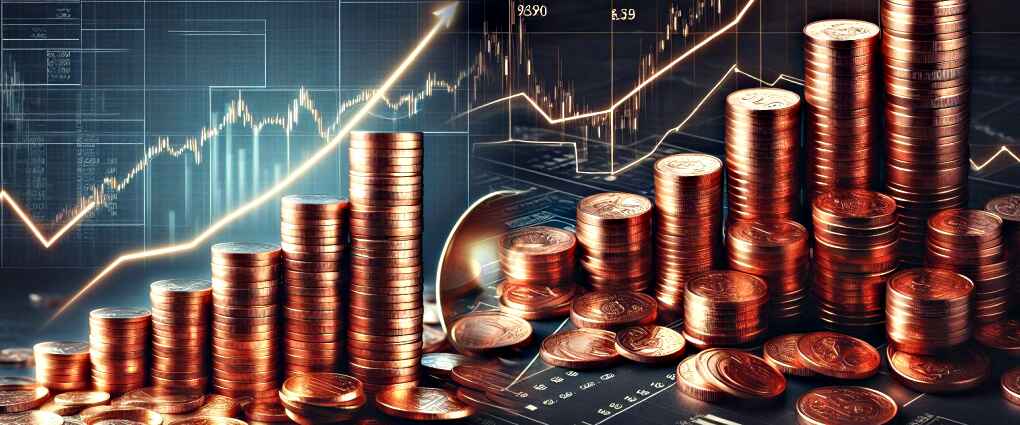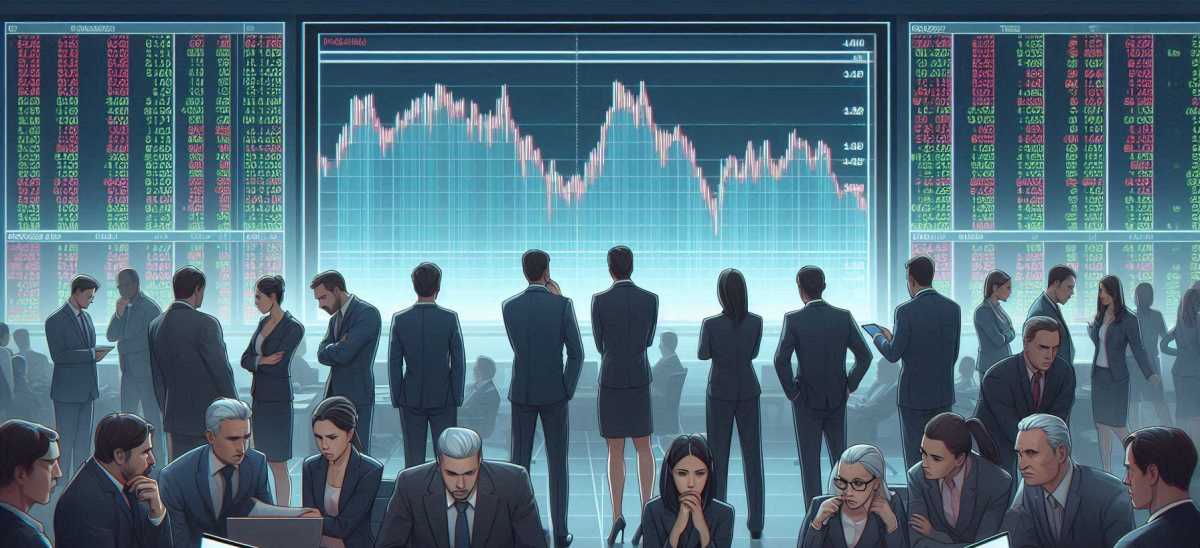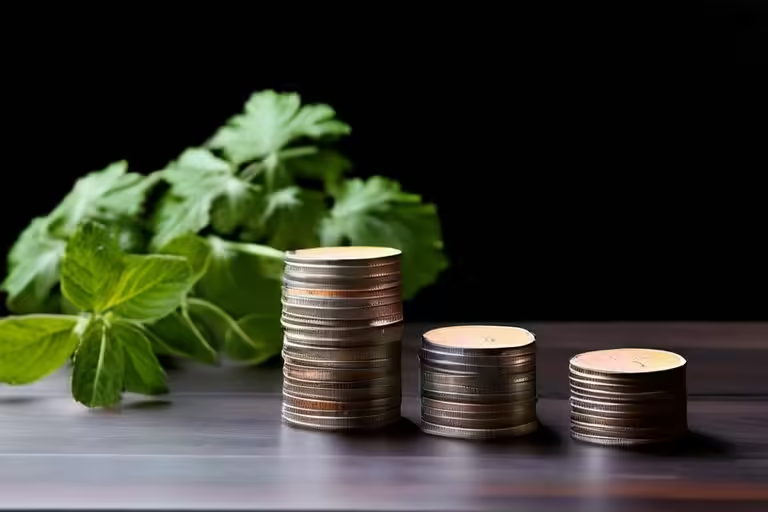Introduction In a remarkable display of market dynamics, copper prices experienced a notable increase on Wednesday, with a 0.64% rise, signaling a robust spot demand. The Multi Commodity Exchange (MCX) witnessed copper contracts for April delivery ascend by Rs 5.25, reaching Rs 823.80 per kilogram.
Market Overview The trading session was active, with a business turnover encompassing 4,792 lots. This surge in copper prices is largely attributed to participants raising their bets, reflecting a positive market sentiment.
Industry Analysis Experts suggest that the uptick in copper prices can be linked to several factors. Notably, Hindustan Copper shares saw a significant rise1, marking the largest single-day increase since December 2023. This aligns with the global trend where copper reached a 2-month peak amid a general upswing in commodity markets2.
Global Influence The global economic landscape has been a catalyst for copper’s price movements. With Brent crude oil showing subdued activity and gold nearing record highs, copper’s ascent to a 15-month high is indicative of a broader commodities rally3.
The history of copper prices is a fascinating study of economics, supply and demand, and global trends. Here’s a deeper look into the shifts in copper prices over the years:
Early Trends and Volatility Copper prices have historically been subject to significant volatility due to various factors such as economic cycles, technological advancements, and geopolitical events. For instance, during the 1970s, copper prices saw substantial fluctuations, often in response to global political tensions and oil crises which affected industrial activity and, consequently, copper demand1.
The Commodities Boom The early 2000s witnessed a commodities boom, often referred to as the ‘super cycle,’ where copper prices soared. This was driven by rapid industrialization and urbanization in emerging economies, particularly China, which became the world’s largest consumer of copper1.
The Financial Crisis Impact The global financial crisis of 2008 caused a sharp decline in copper prices as industrial production and construction activities worldwide slowed down dramatically. However, prices rebounded relatively quickly, thanks to stimulus measures introduced by various governments to revive economic growth1.
Recent Years and Green Energy Transition In recent years, copper prices have been influenced by the transition to green energy. Copper is a key component in renewable energy systems and electric vehicles, which has led to an increase in demand. Supply disruptions, such as strikes in major mines and political instability in copper-producing countries, have also contributed to price volatility2.
Pandemic and Recovery The COVID-19 pandemic initially led to a drop in copper prices due to reduced industrial activity. However, prices surged to new highs as economies began to recover, and the demand for copper-intensive technologies grew1.
Conclusion: The shifts in copper prices reflect the metal’s fundamental role in the global economy. Its price movements are closely tied to economic health, technological progress, and shifts towards sustainable energy solutions. As the world continues to evolve, copper will likely remain a barometer for economic trends and industrial health. The current trajectory of copper prices underscores the metal’s pivotal role in the economy. As market participants continue to place optimistic bets, the commodity’s future seems promising. This bullish trend is expected to have ripple effects across various sectors, from manufacturing to technology, given copper’s extensive industrial applications.
For a more detailed analysis and the latest updates on copper prices, stay tuned to our financial news section.
Disclaimer: This article is for informational purposes only and does not constitute financial advice.




